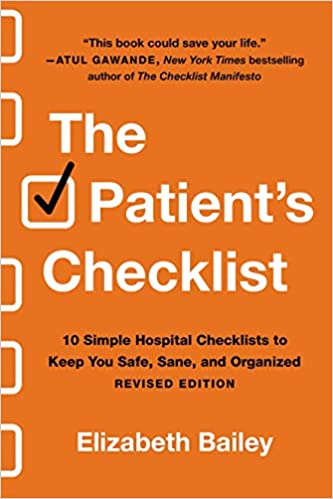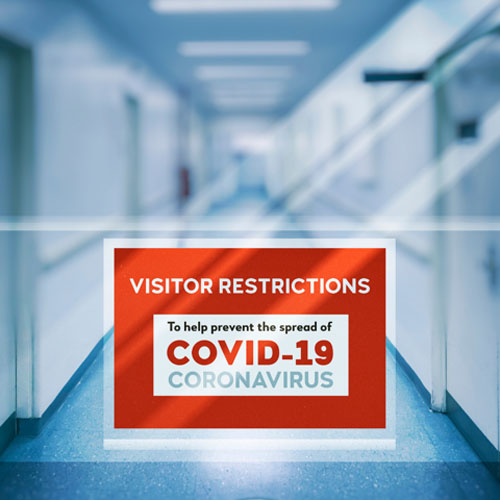Family and friend caregivers play one of the most important but overlooked watchdog roles in the hospital: tracking the many medications dispensed to their loved ones. By being present at bedside, caregivers can become familiar with medications and their scheduling.
Studies consistently show that family caregivers are often the first to sound the alarm about a potential medication error
Medication Errors
The Food and Drug Administration (FDA) defines a medication error as “a preventable event that may cause or lead to inappropriate patient medication use or patient harm.” Medication errors can occur in many ways, for example, when a patient gets the wrong dose, or the medication is dispensed too early or too late or a drug interaction is overlooked.
From my own personal experience working as a patient representative in a large teaching hospital, most of the medication errors I was tasked with investigating were caught and prevented by vigilant family members who made it their business to familiarize themselves with the medication plan.
The mother who stopped her daughter from receiving an erroneous morphine injection. A father who stopped his adult child from receiving two doses of a blood thinner instead of one. A daughter prevented her non-diabetic Dad from receiving an insulin injection meant for another patient. A husband chasing down needed pain medication that was an hour overdue.
Despite continuous efforts by hospitals to prevent medication errors, they still occur frequently and can cause serious patient harm or even death.
On average a hospital patient is subject to one medication error a day – a staggering statistic.
(NCBI/NIH)
Medication management for patients in the hospital is a cornerstone of safe care and families provide a critical safeguard. Covid, however, has upended best practices for safe patient care in myriad ways. Restrictive hospital visiting policies nationwide is a significant and potentially dangerous change because it limits a family’s ability to not only provide essential comfort care but also to learn about and monitor the medications their loved one receives throughout the course of any 24-hour cycle.
Families are always in need of user-friendly tools to help them manage the flood of complex medical information involved in any hospital stay. Now, in addition, they need to adapt to this new hybrid form of caregiving: limited time in-person with a shift to virtual communication via cellphone with both the patient and the providers caring for them.
Patient Rights
In my book, The Patient’s Checklist, I created a user-friendly daily medication tracker for patients and families based on something taught to all nursing students called “The 5 Rights”. Basically, before a medication is dispensed, these “5 R’s” are checked to make sure that it is:
- The right patient
- The right drug
- The right dose
- The right route (pill, shot, IV, etc.)
- The right time
As a patient advocate, I teach family and friend caregivers to also use this simple “5 R’s” checklist at bedside every time a medication is dispensed as it can help with learning the routine and monitoring often multiple medications. Using this checklist can also help now that much of caregiving has shifted into a remote mode. After visiting hours have ended, family caregivers still want to be involved with the care of their loved ones.
The 5 Rights will help you create a list of medications and their schedules. If you know when a nurse is supposed to round with medications, it’s a good time to check in with your loved one by phone and make sure medication has been given on time, for instance, and if not, follow up with the nurse then and there.
Tracking Medications
Tracking medications, especially when multiple specialist doctors might each be prescribing various drugs, is a difficult but necessary role for the caregiver. Families can help short-circuit medication errors by observing, questioning, and writing down all medications and their schedules.
The Five R’s can be the checklist for organizing this critical but complicated component to patient care.
***
Let’s connect on social! I’m on Twitter, Facebook, and LinkedIn, or by email at [email protected]. Purchase your copy of The Patient’s Checklist here!







